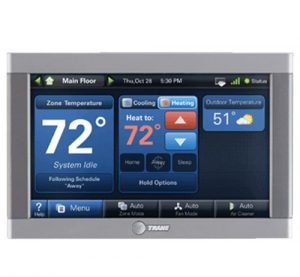It’s no secret—attics are one of the biggest culprits of energy and efficiency loss in homes. Drafts, cracks and especially poor insulation in hard to reach corners and little used spaces like the attic are often those that go most ignored by homeowners when they think about making improvements to their home’s performance. Unfortunately, ignoring this space could mean ignoring one of the biggest opportunities to increase the efficiency of your home. Sealing and insulating the attic can save you big bucks on your energy bill. This is one home performance and efficiency project that can pay off big time over the long run.
So, you’ve made the leap and decided to add (or replace) additional insulation in your attic. What kinds are you supposed to use? What should you be paying attention to once you know the insulation type that is right for your home? One thing is constant for all types of insulation, and that’s the performance measurement. The R-value measures how resistant the insulation is to heat flow. The higher the R-value on the insulation, the better it will be when it comes to keeping your house warm in the winter and cool in the summer. If you have (or want to add) multiple layers of insulation in your attic, the R-value on each layer is cumulative. For example, if you place two layers of insulation with an R-value of 20, the total R-value would be 40. This is where adding extra insulation to a place like an attic comes in extremely handy for boosting your home’s efficiency.
The two most common types of insulation homeowners and contractors tend to use in home attics are loose-fill insulation (also commonly referred to as blown insulation) and batt and roll insulation (also known as blanket insulation).
Blown insulation is made of small clumps materials such as recycled fiberglass, cellulose or mineral wool. It is usually installed by using special equipment to spray it onto the attic floor and into the attic walls and ceiling. It’s important to remember that this type of insulation, especially that comprised of cellulose, can lose up to 20 percent of its R-value as it settles and compacts over time, so it’s a good idea to install extra to account for that settling over time.
Batt and roll insulation is typically made of fiberglass and comes in a variety of widths. Its length can be cut to fit the specified area in the attic wall or ceiling and pushed in to fit. While this is an easier attic insulation choice for the do-it-yourselfer, it’s still important to be sure to do proper research prior to installing yourself. This type of roll insulation is typically the cheapest form you can buy.
Ensuring you have the correct type, amount and size of insulation can be key to seeing maximum benefits from an attic insulation job. If you need help and want to make sure the job is done 100% correctly the first time, don’t hesitate to contact our team at BelRed today.







